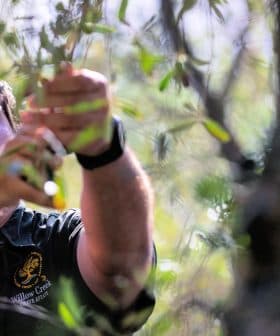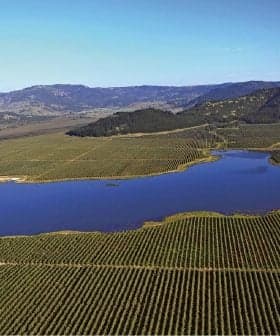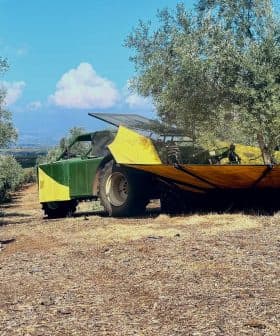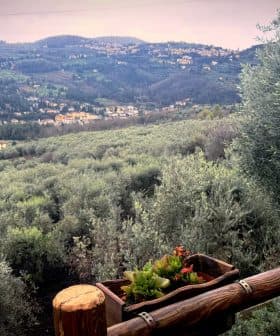California Farmers Plant Hedgerows to Conserve Water, Improve Soil Health
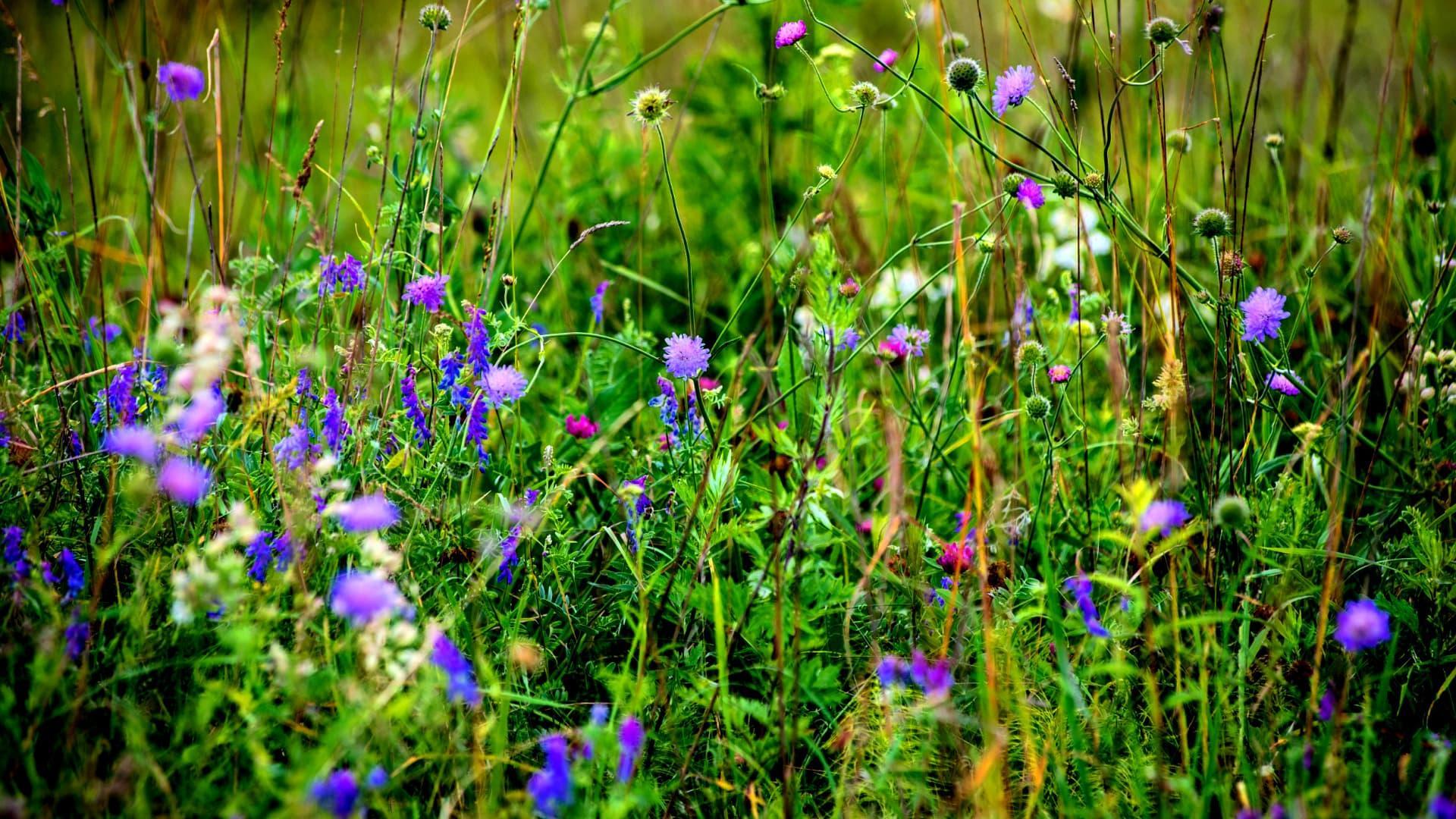
Hedgerows are beneficial for farms in California, improving carbon sequestration, water consumption, and insect management, reducing costs for olive farmers. Organizations like the California Healthy Soils Program and the Wild Farm Alliance provide assistance and resources for farmers looking to implement hedgerows for environmental and agricultural benefits.
Hedgerows, also known as living fences, provide numerous benefits for farms and orchards in California.
The California Healthy Soils Program funds climate-friendly practices, including planting hedgerows, which have been found to improve carbon sequestration, increase pollinators, reduce erosion and water consumption and facilitate insect management. All of this reduces costs for olive farmers in a low-margin industry.
Installing hedgerows along field edges supports natural enemy insects, beneficial birds for pest control and pollinators for increased pollination services.
“We have put in about 8 miles (13 kilometers) of native pollinator hedgerows here on the farm-not immediately in the olives,” Don Cameron, the vice president and general manager at Terranova Ranch, told Olive Oil Times.
“I believe that anything we can do to increase the native population of native pollinators not only benefits the olives but a wide range of other agricultural crops that are dependent on insect pollination,” he added.
See Also:CA Olive Farmers Embrace Regenerative Ag. to Combat Climate ChallengesTerranova Ranch grows various crops, including olives for oil, fruit, vegetables, nuts and seeds in the San Joaquin Valley, with extensive experience growing hedgerows in California.
“We started with a healthy soils grant from the California Department of Food and Agriculture (CDFA) about four years ago,” Cameron said. “We applied for and received a grant for a half mile (0.3 kilometers) of native pollinator hedgerows. We were able to extend the length to approximately 1 mile (0.6 kilometers).”
“Now, these plants are well established and provide excellent habitat for native pollinators along with a wide range of birds, snakes and other wildlife,” he added. “We have an abundance of hummingbirds all season, along with other species that have taken up residence here on the farm.”
Jo Ann Baumgartner, the executive director of Wild Farm Alliance (WFA), told Olive Oil Times that hedgerows provide a range of benefits for farmers and the environment.
“Installing hedgerows along field edges supports natural enemy insects, beneficial birds for pest control and pollinators for increased pollination services,” she said.
Besides adding biodiversity and beauty to the farm, the shrubs and trees within a hedgerow can also improve water quality, prevent erosion and store significant amounts of carbon in their tissues and the soil.
Farmers turn to various conservation agencies, government, private and non-profit organizations for help with hedgerows. The United States Department of Agriculture’s Natural Resources Conservation Service (NRCS) offers a national program for farmers with technical assistance and funding.
The Xerces Society for Invertebrate Conservation provides hedgerow kits, among their native plant species kits, for ranchers and farmers. WFA assistance helps farmers with the healthy soil program application and partnering with local resources for hedgerow installation.
Cameron noted that they worked extensively with Xerces to monitor species using the hedgerows and to add to their original planting.
Olive growers new to hedgerows can use proven best practices for maximum success.
“Make sure to install native plants, as they are well adapted to California climates and ecosystems,” Baumgartner said. “Native plants also better support the native insect and bird species that have evolved to utilize them, whereas weedy, non-native plants can attract more pests.”
A diverse mix of native plants provides a spread of flowering and fruiting periods, providing food resources for beneficial species for most of the year.
One hurdle farmers can face is making enough time to care for a new hedgerow. “The first year is critical to success, so make it easier by setting up the site for low maintenance by using mulch, vertebrate protection and a timer for irrigation,” Baumgartner said.
See Also:Precise Irrigation Key to Long-Term ProductivityBaumgartner offered practical tips for low maintenance. “Add a 6‑inch (15-centimeter) layer of mulch around the plants,” she said. “This will help to smother weeds and retain moisture. Tree-cutting companies will often deliver mulch for free.”
She also advised using cages or silt fence fabric to protect against deer, rabbits, gophers and ground squirrels.
Baumgartner also emphasized that irrigation efficiency is easier with a timer. “If a timer is not possible, put plantings on the same system as nearby crops so both are watered at the same time, making sure that they don’t receive fertilizer through that irrigation water; fertilizer makes the plants grow too fast and lodge over,” she said.
According to Cameron, following best practices is especially crucial in regions of California where hedgerows struggle to grow naturally.
“We have found that the original establishment can be tricky as for our hedgerows and our climate here in the San Joaquin Valley, the heat can cause difficulty establishing small shrubs and other plantings,” he said.
“Soil preparation, seasonal timing, weed control, and irrigation all influence the success of plantings. It takes work and care to make these projects work,” Cameron added.
On-farm habitat is an essential indicator of a healthy, resilient farm. People may mistakenly believe that hedgerows will use precious water resources and take away land that could be producing crops.
Baumgartner confirmed the contrary. “Hedgerows only require irrigation in the first three years,” she said. “After that, hedgerows’ deep roots help with infiltration and prevent runoff during times of excess rain.”
“As for losing valuable cropland, transitioning land to permanent habitat helps increase yield in adjacent crops, preventing the loss of overall crop yields,” Baumgartner added.
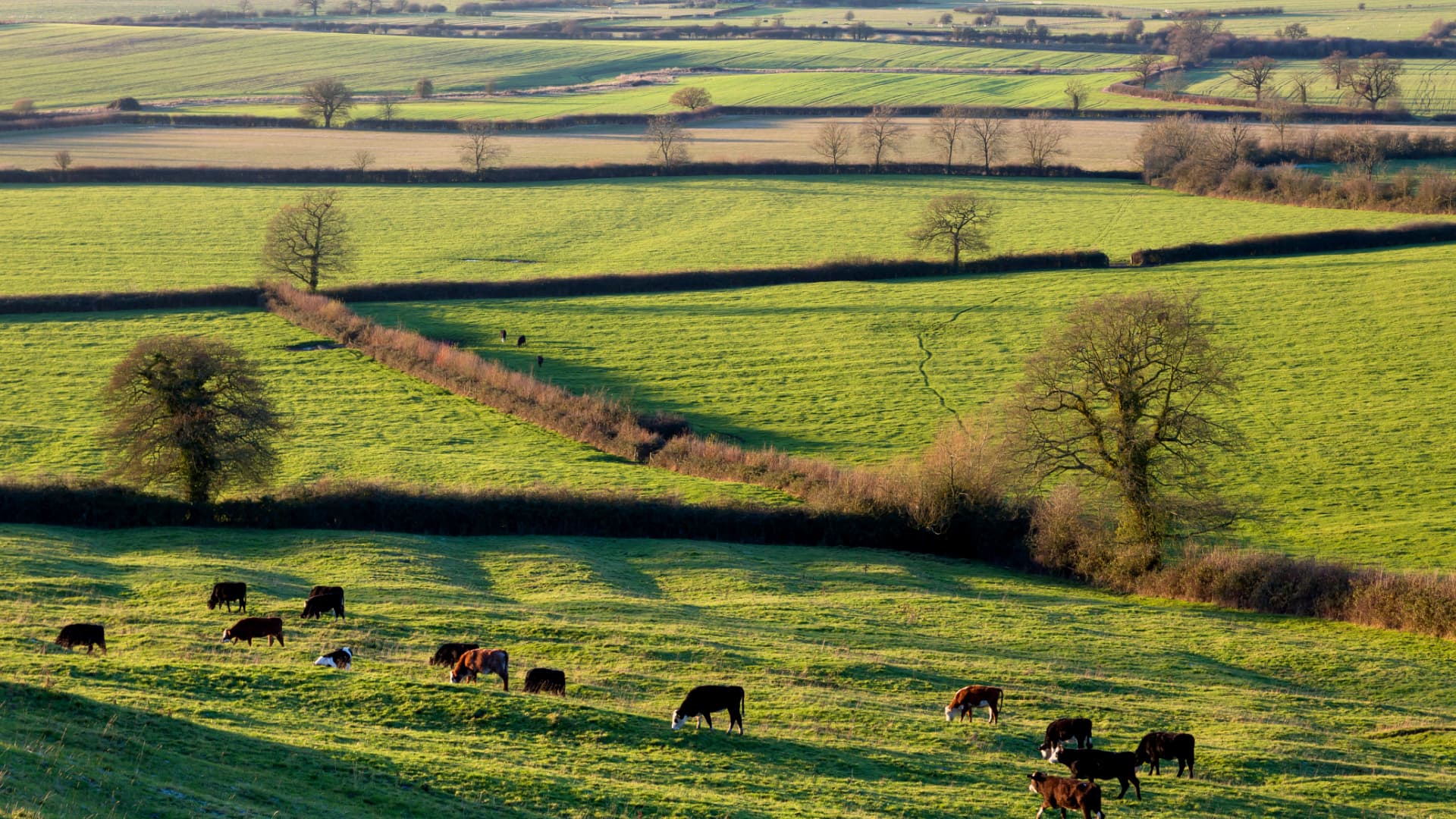
Aylesbury Vale, Buckinghamshire, UK
According to the CDFA website, healthy soil improves plant health and crop yields and increases water retention and infiltration. CDFA notes that healthy soil can hold up to 20 times its weight in water. Improving soil and controlling erosion is vital to maintaining the integrity of the land, levees and roadsides.
“Once established, irrigation and weed control is reduced, and the plantings add a benefit that is aesthetically pleasing,” Cameron said. “It sort of is the finishing touch to the farm. The flowering plants are great to look at and are a nice complement to our typical row crops and permanent planting, including our olives.”
“I believe that the hedgerows will provide sanctuary for beneficial insects that will help not only olives but also many other crops grown here in California,” he added.
The work of planting hedgerows is ambitious yet with a compelling historical precedence. Baumgartner said the WFA has set a goal of planting 500,000 miles (800,000 kilometers) of hedgerows in the U.S.
“Historically, Great Britain’s hedgerows could have reached that distance. The U.S. is approximately 40 times Great Britain’s size, so we can achieve this distance and go even farther,” she concluded. “California growers, including California olive groves, play a critical role in reaching this goal.”



